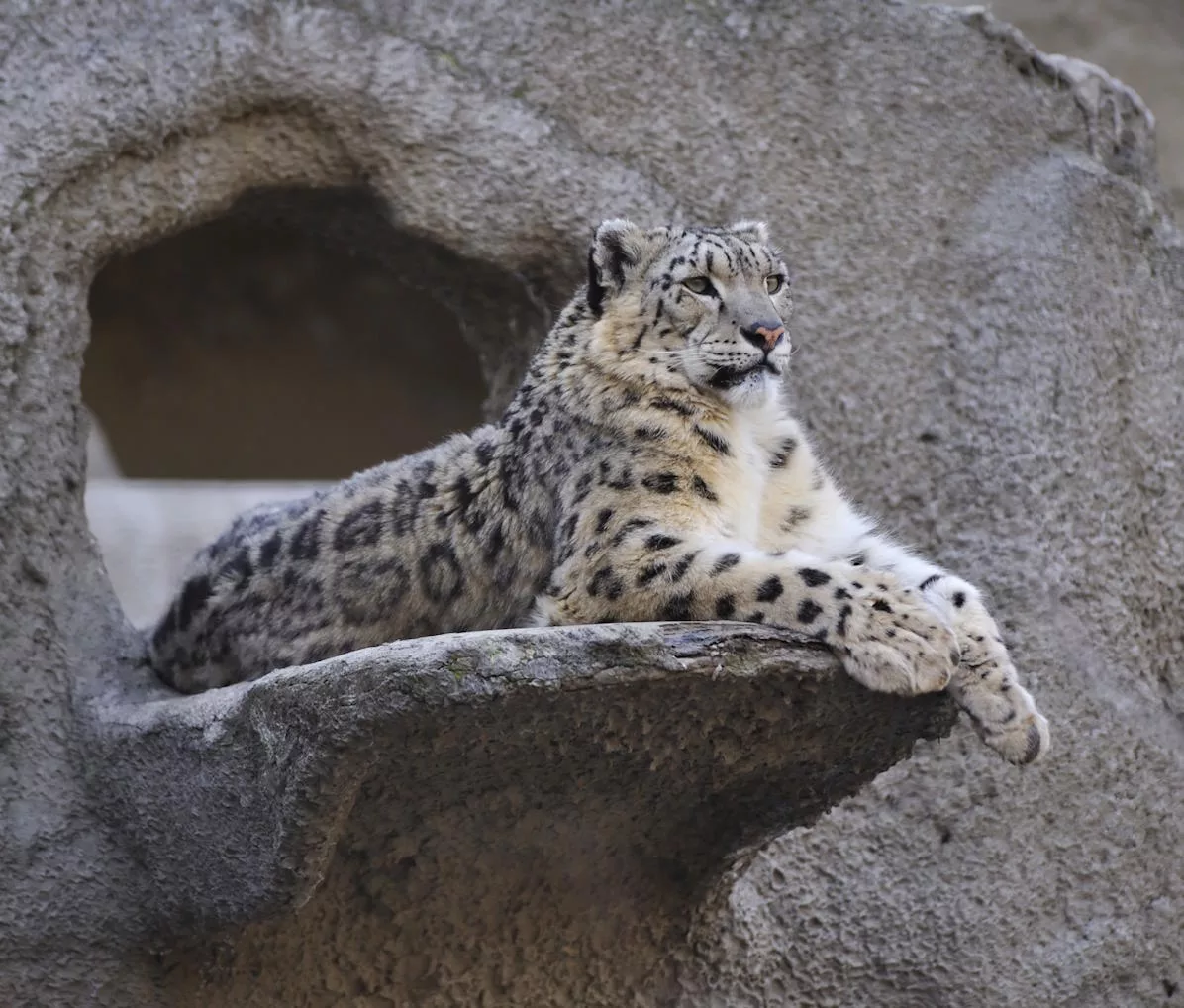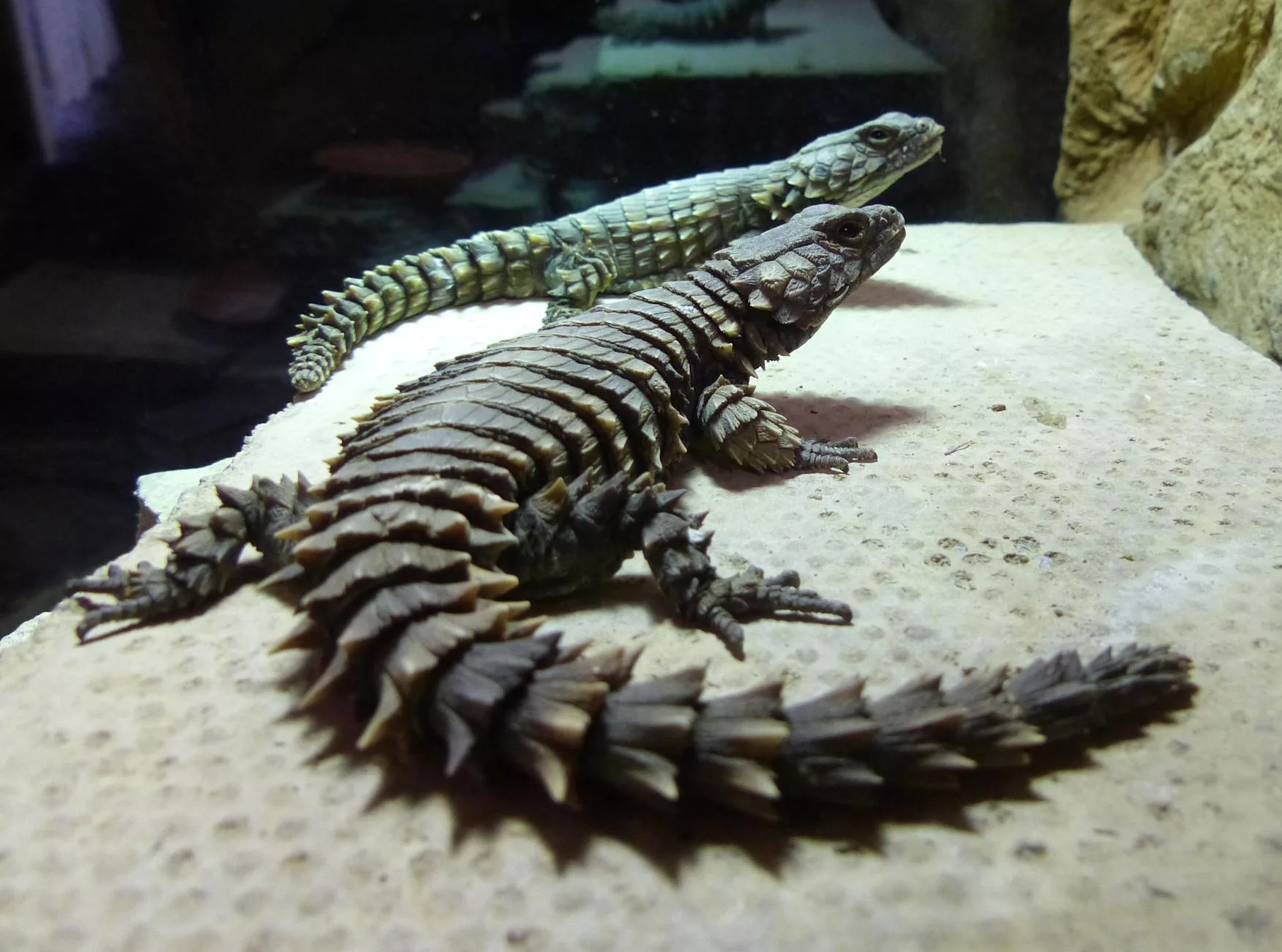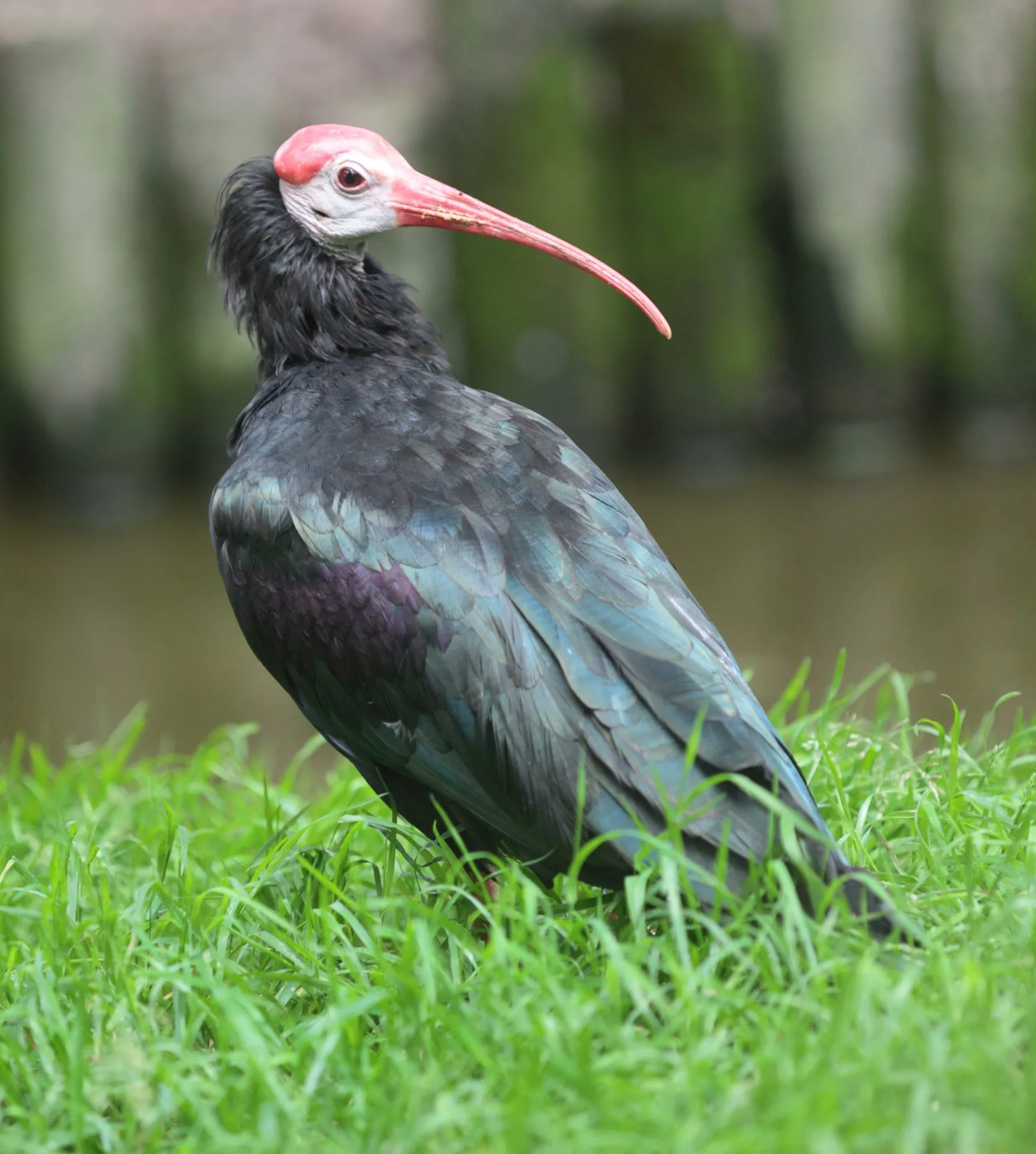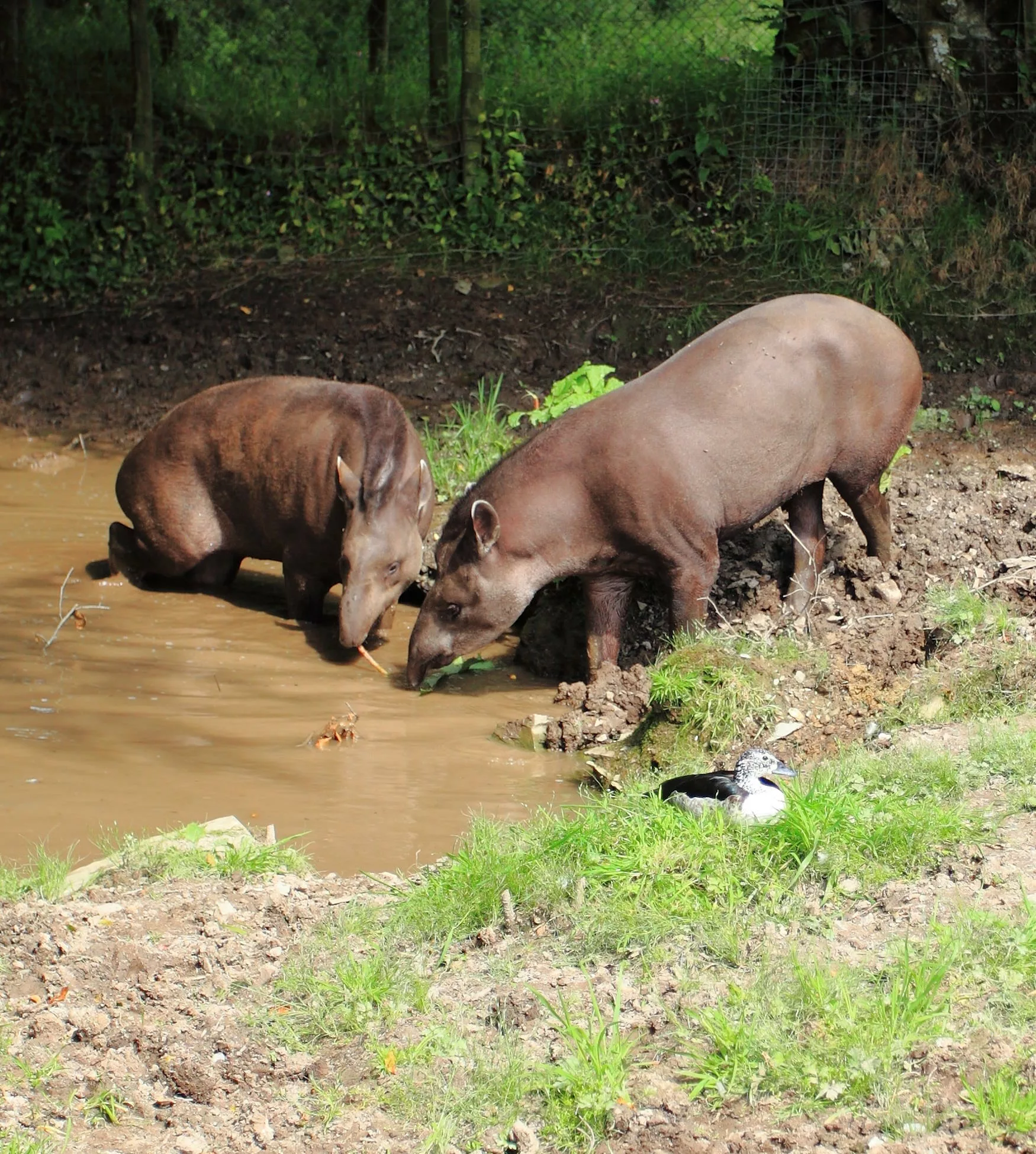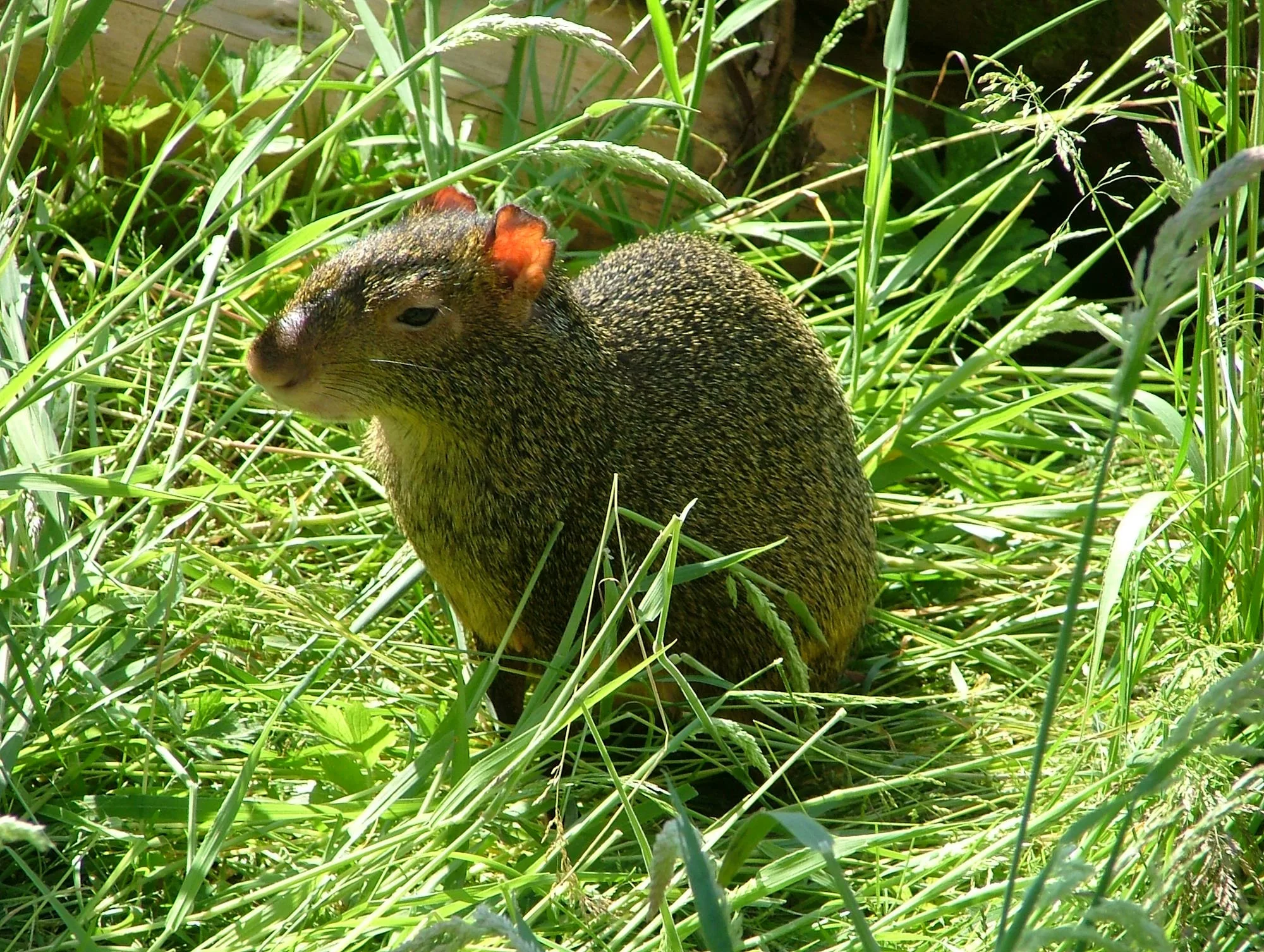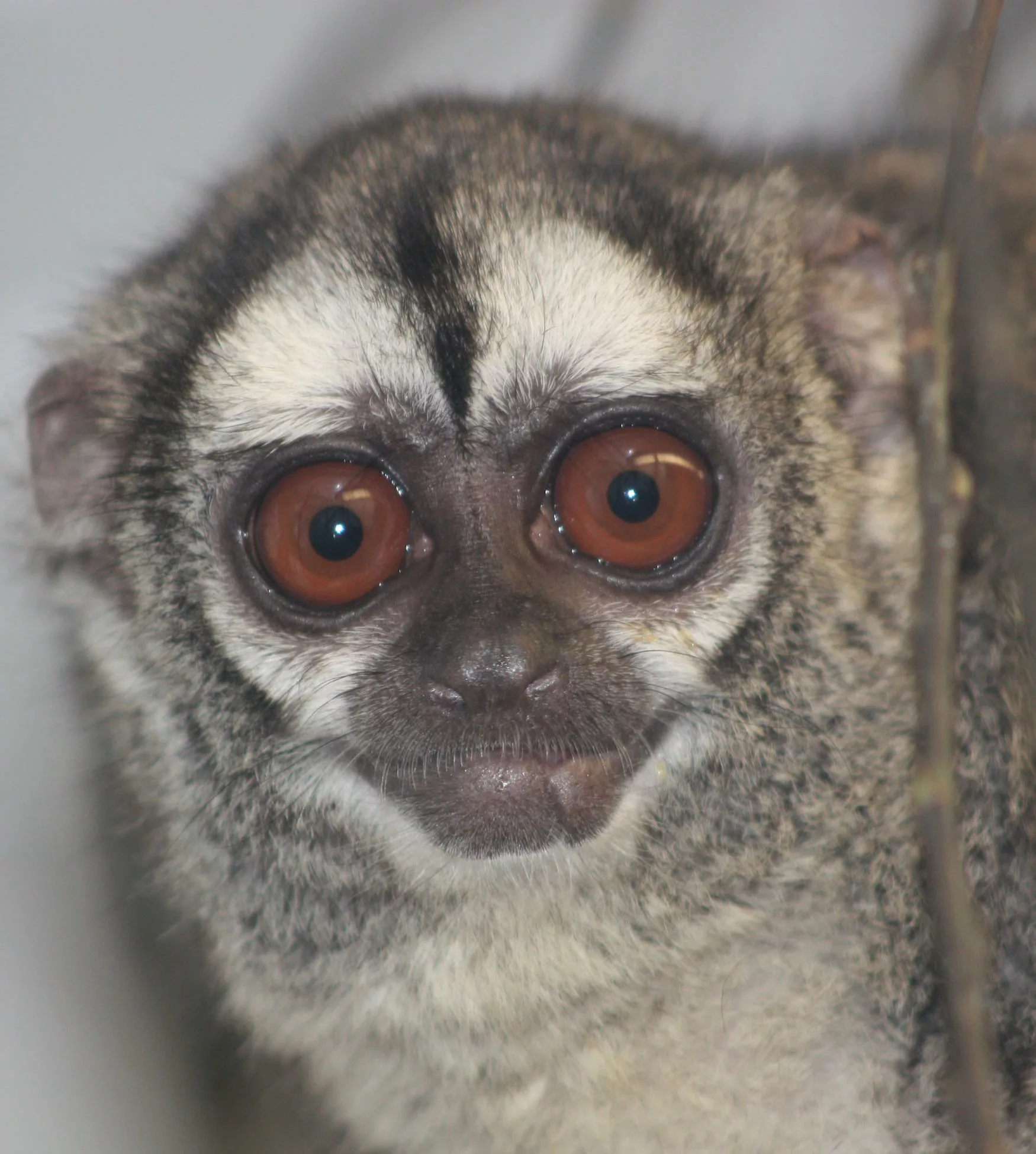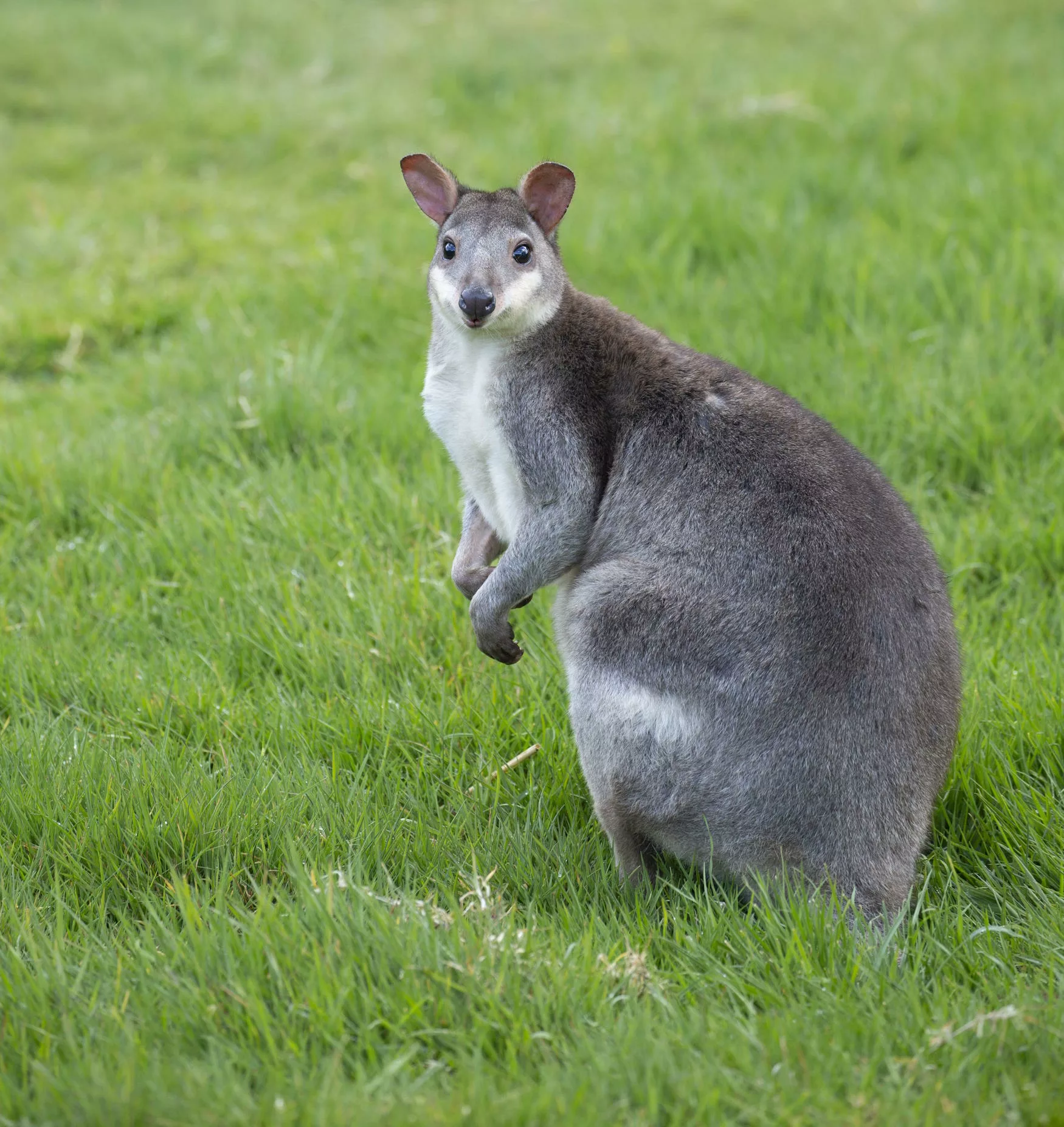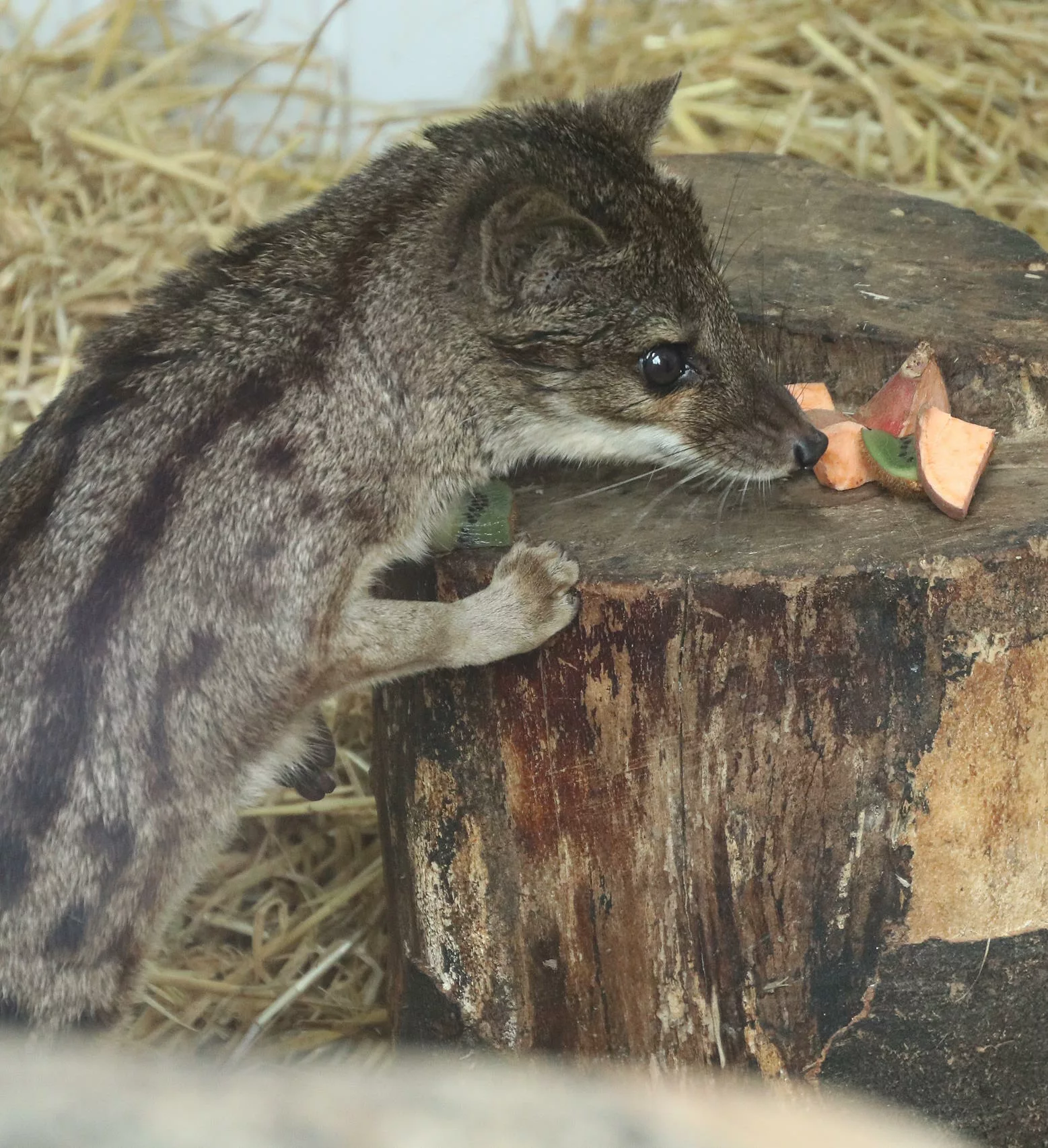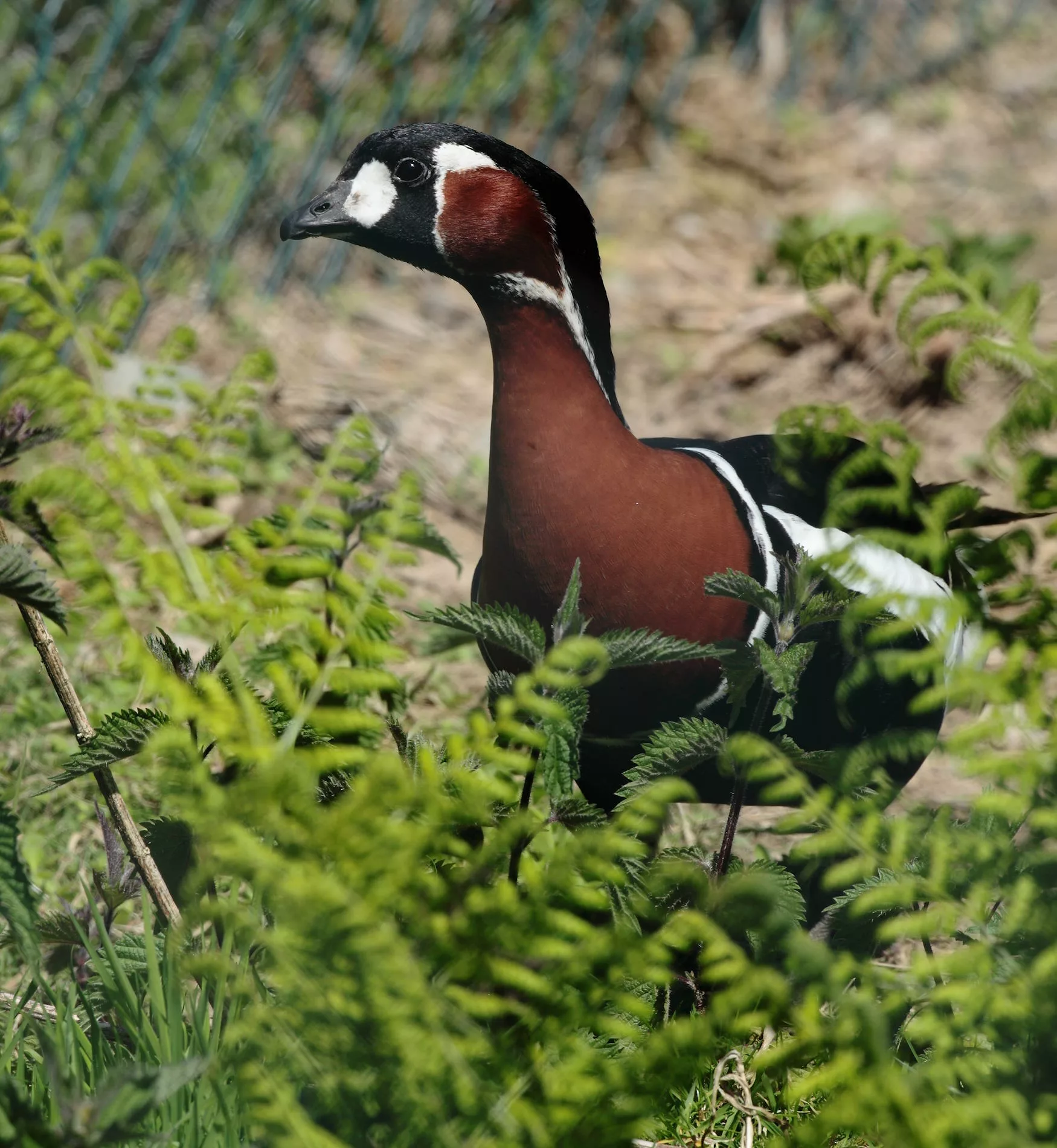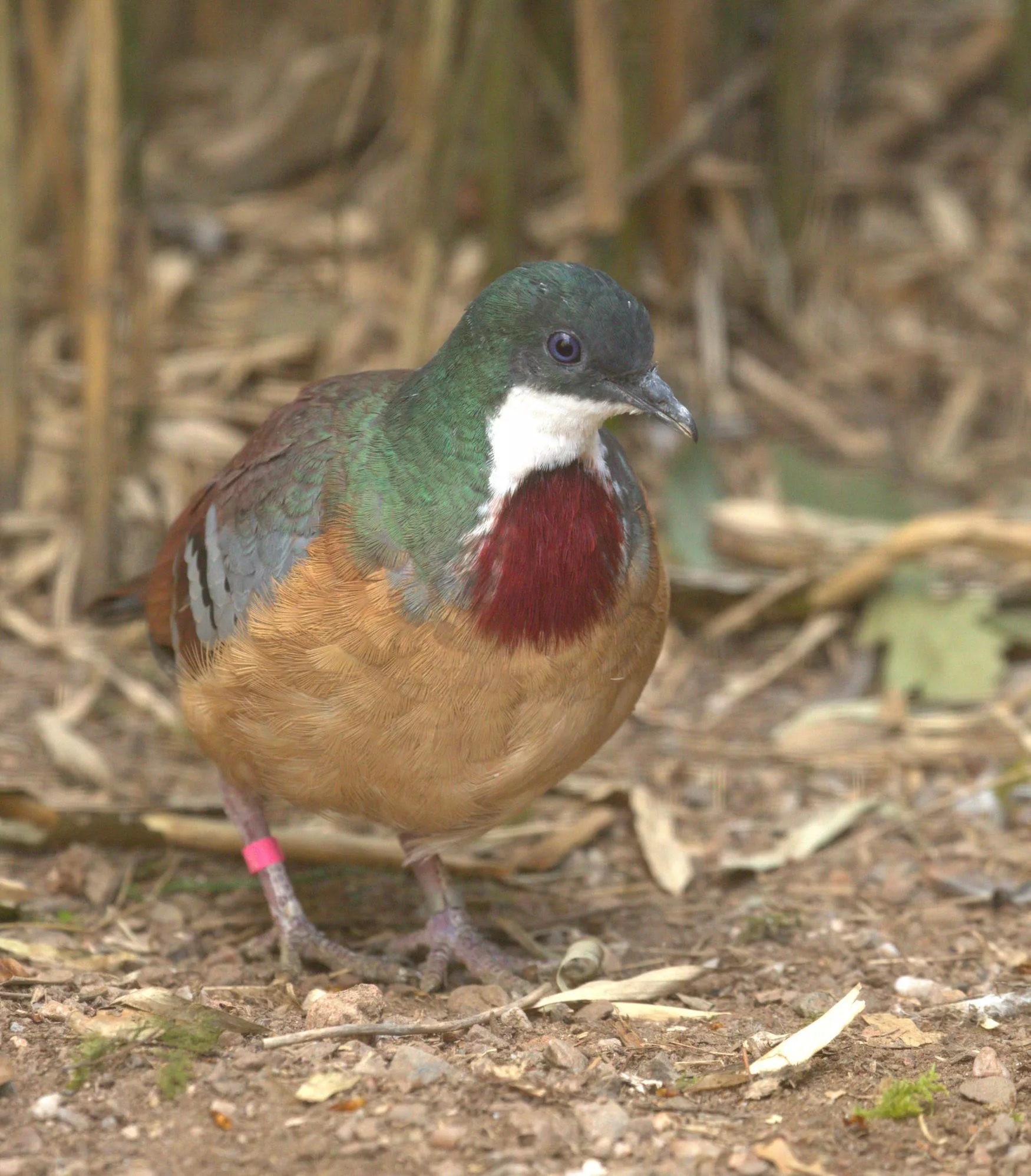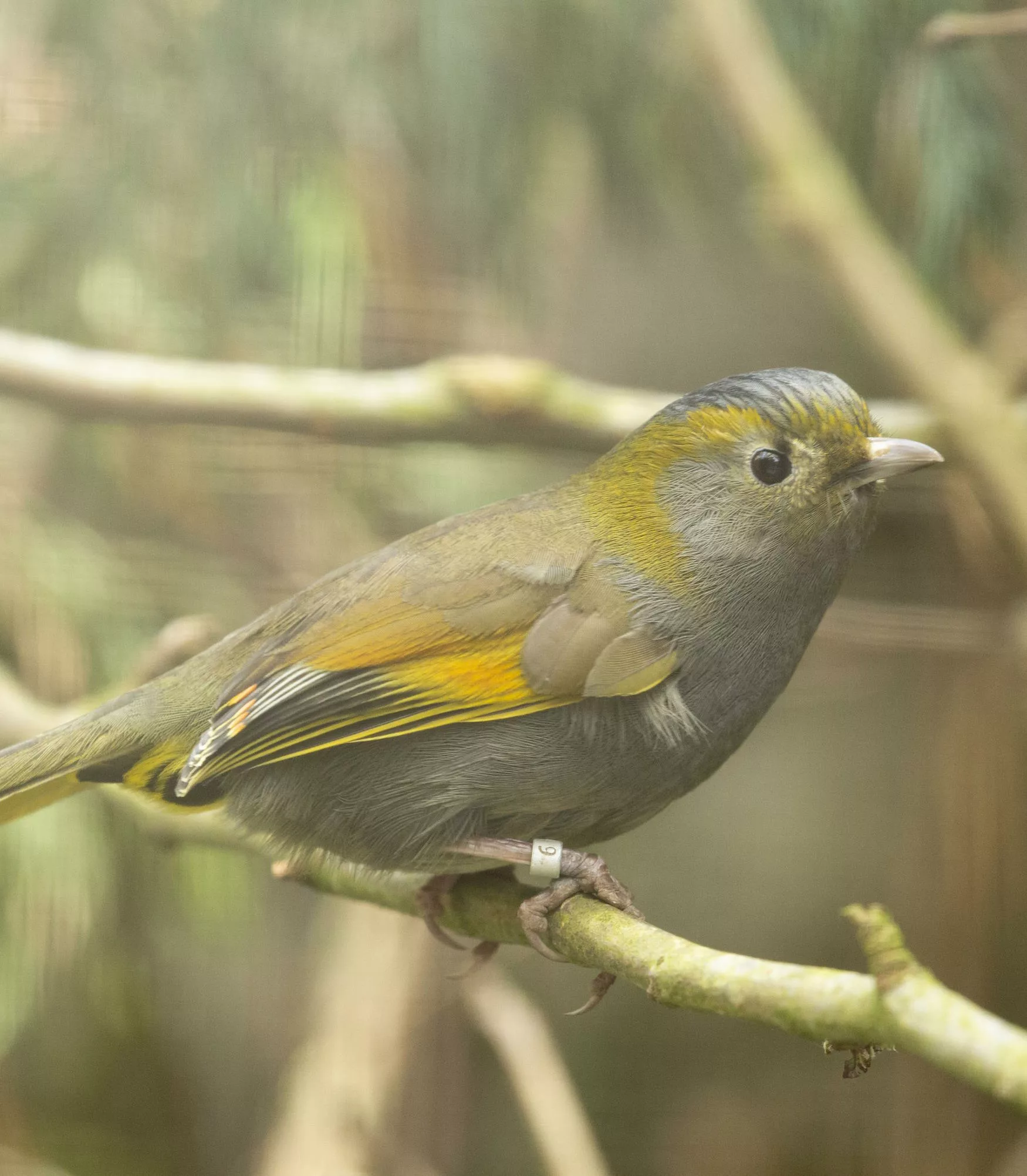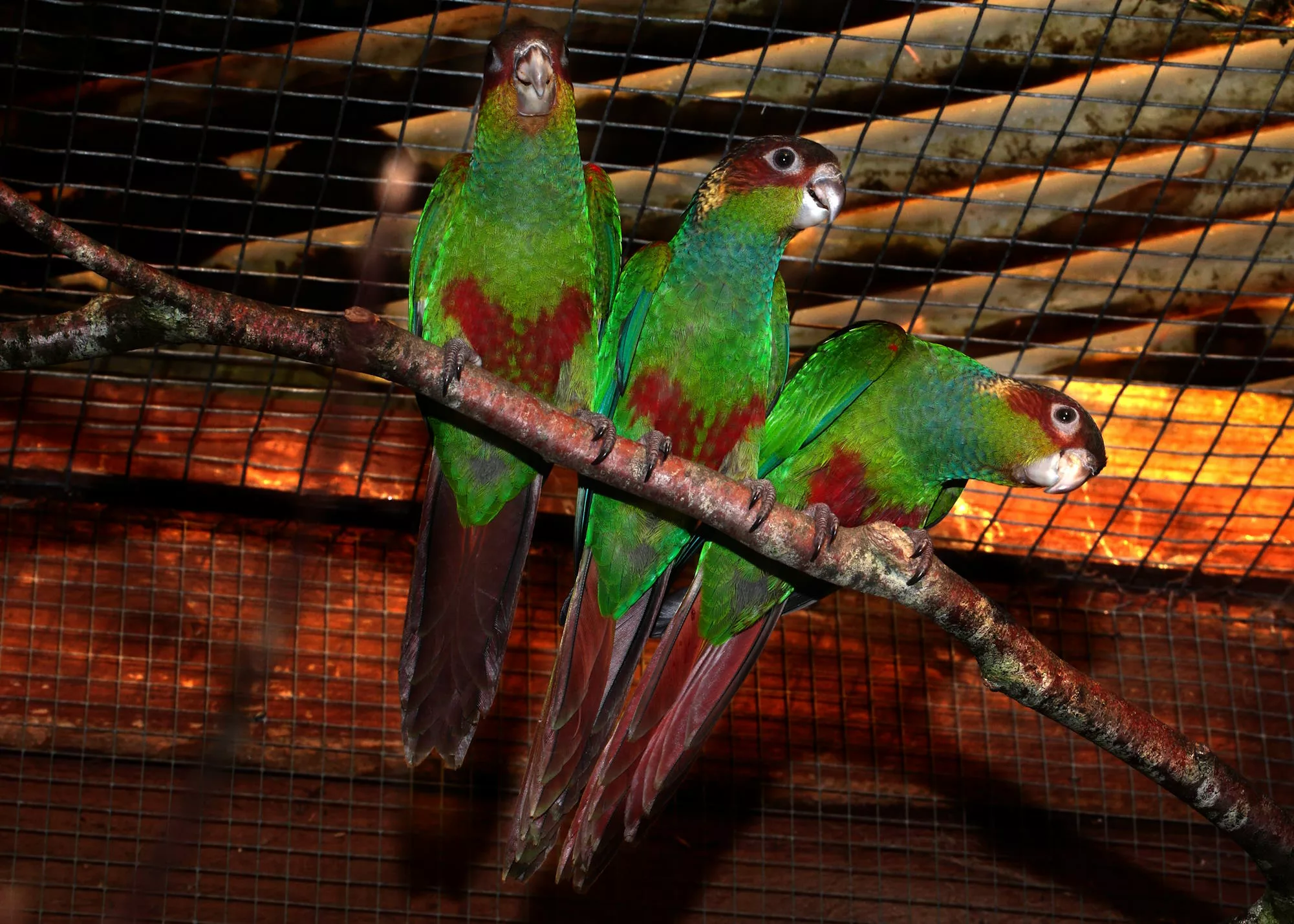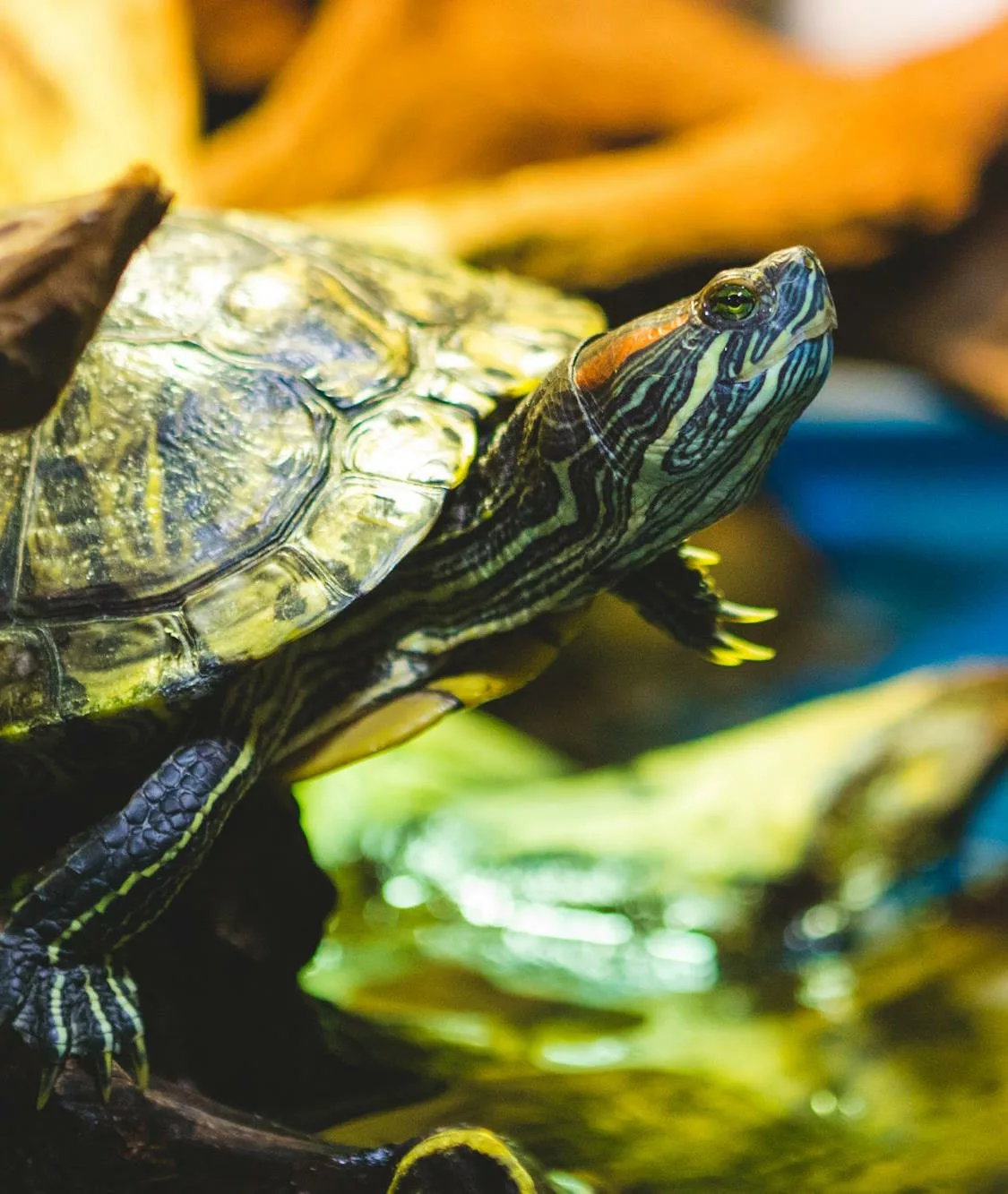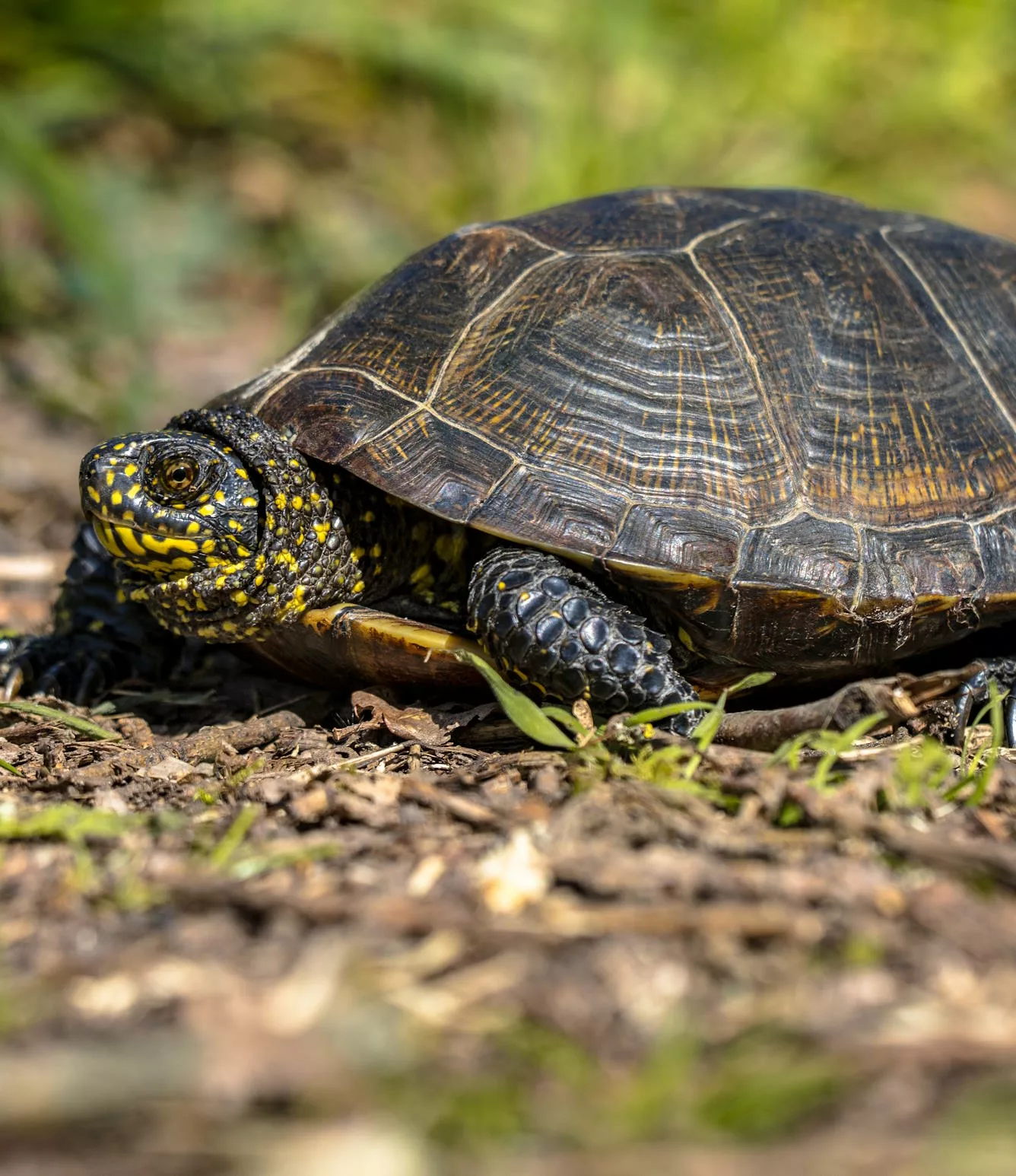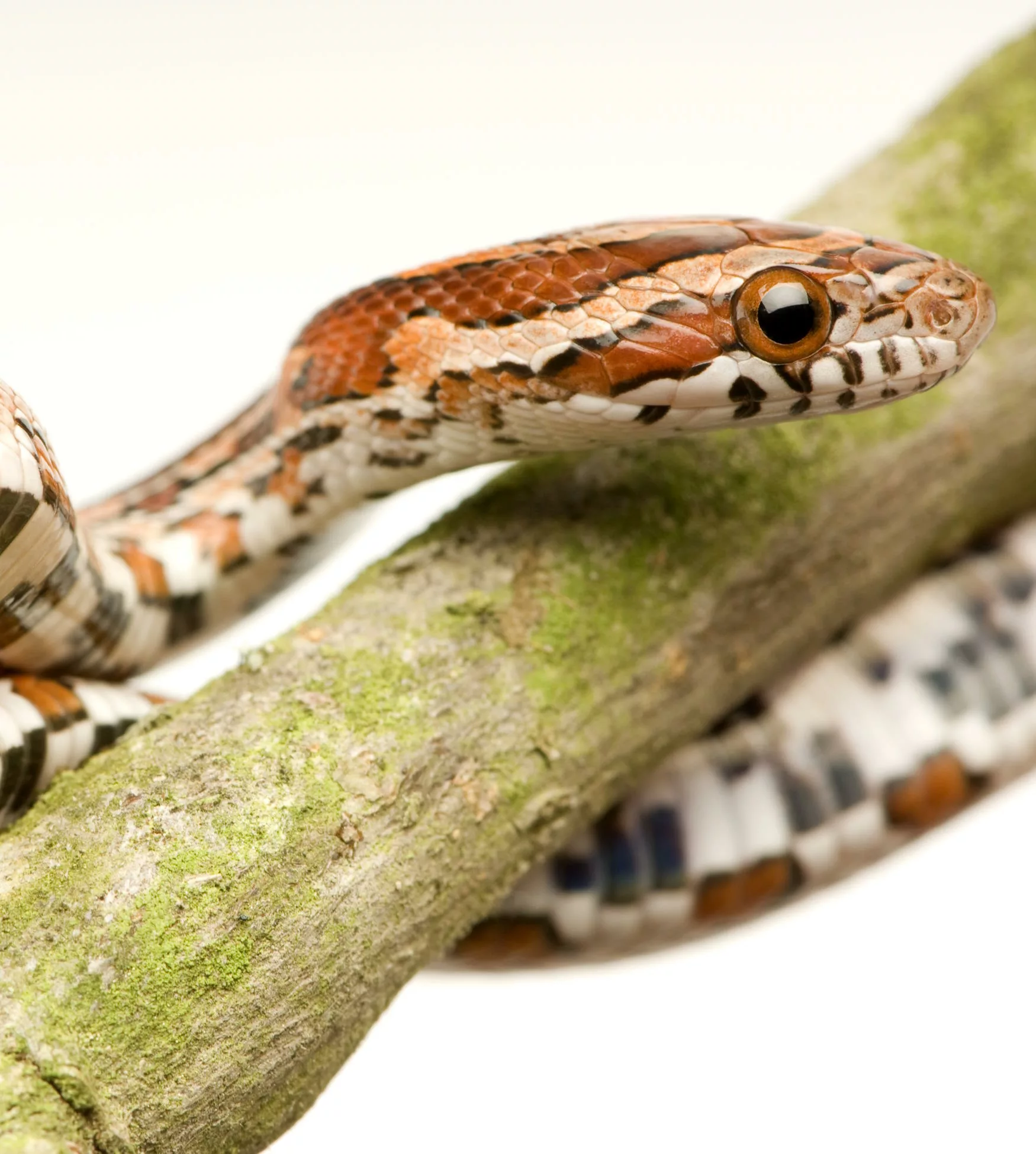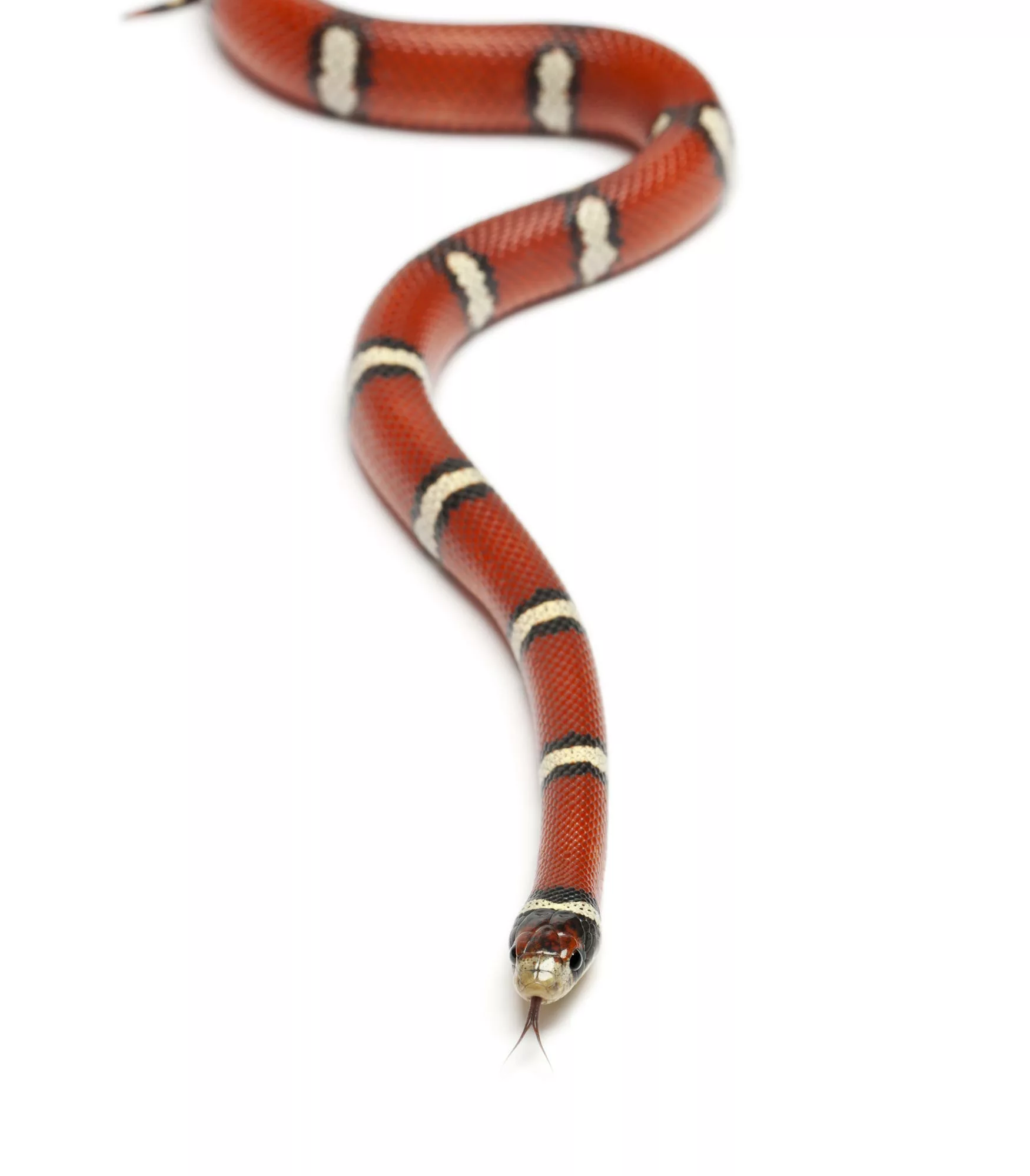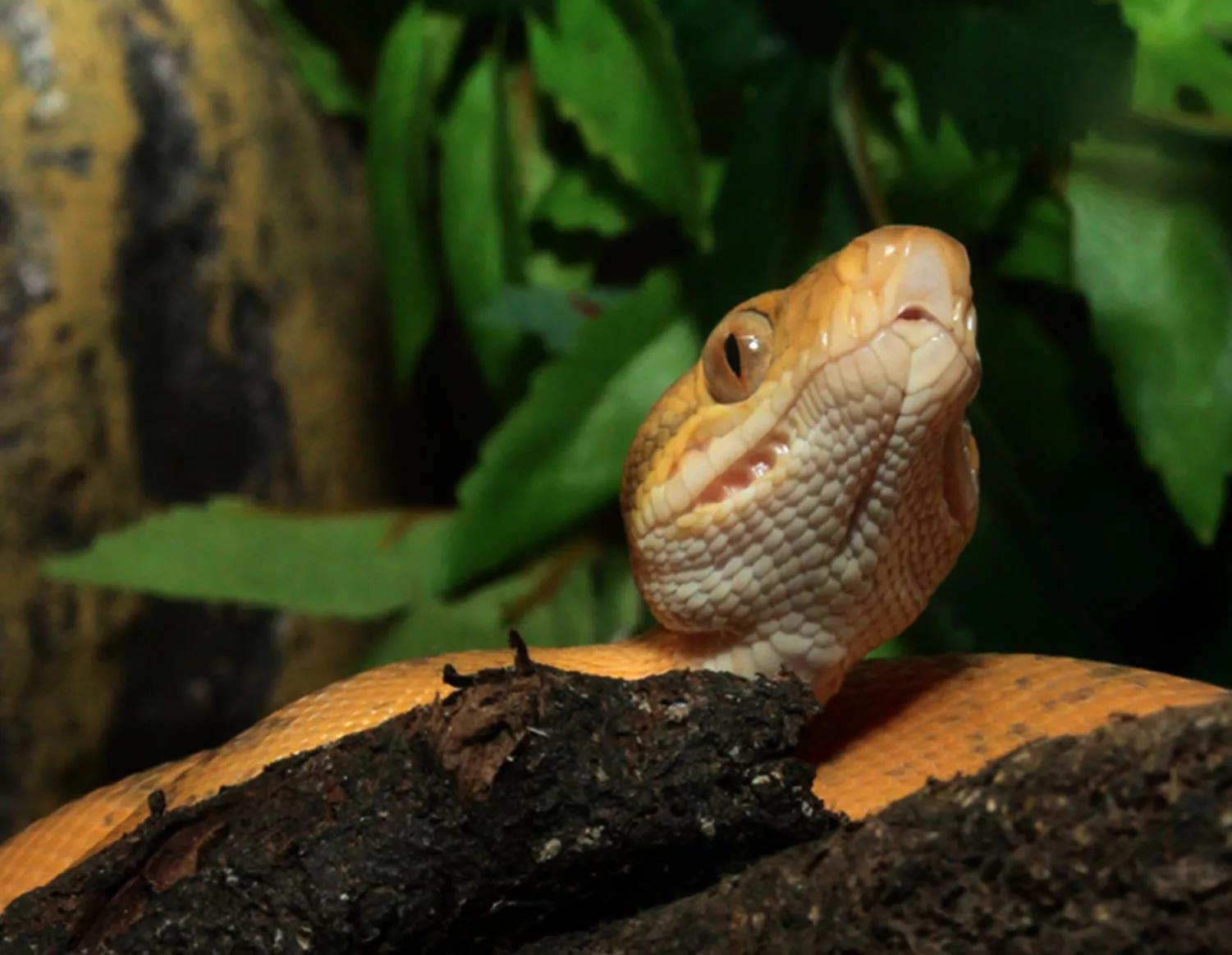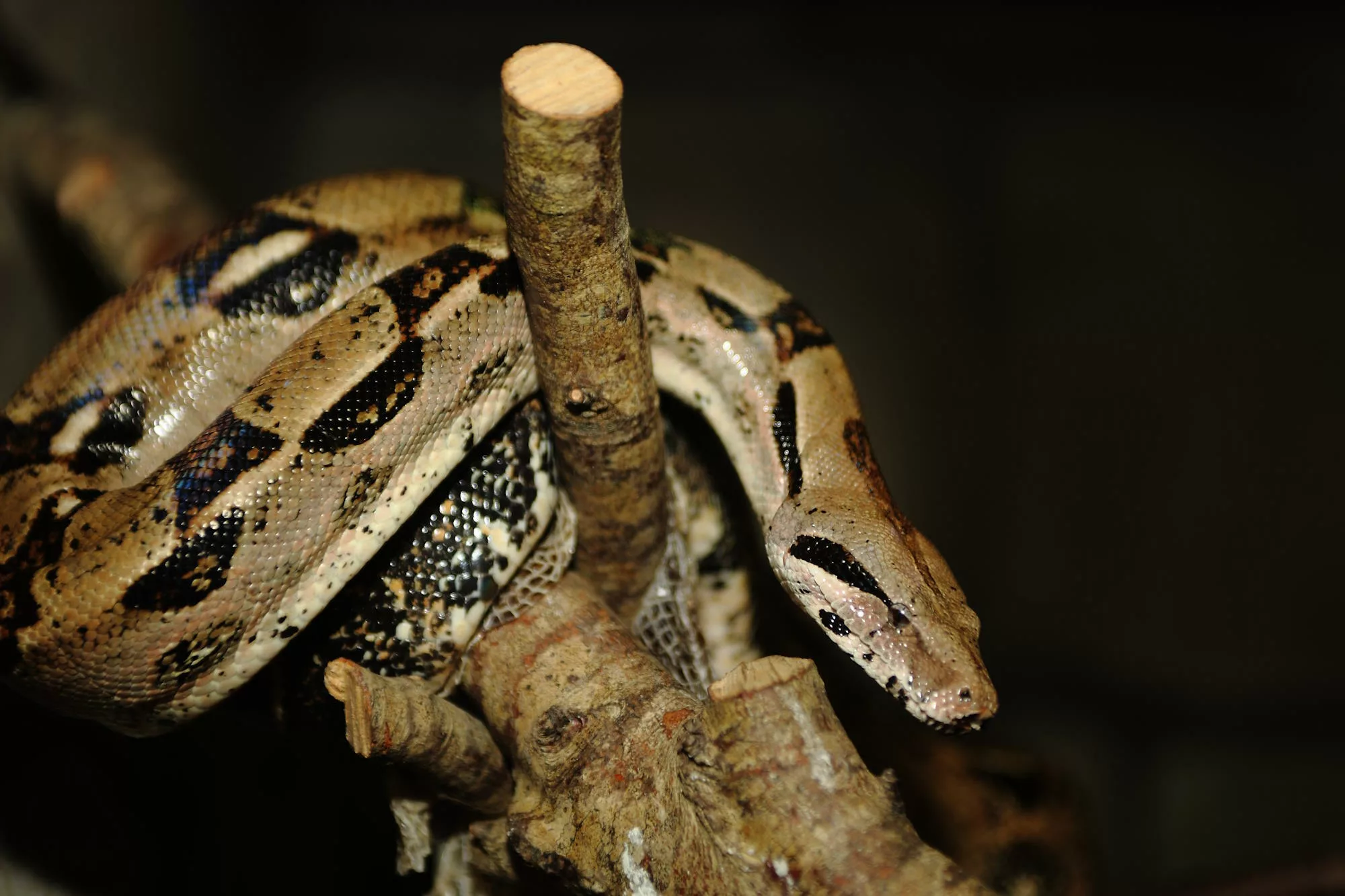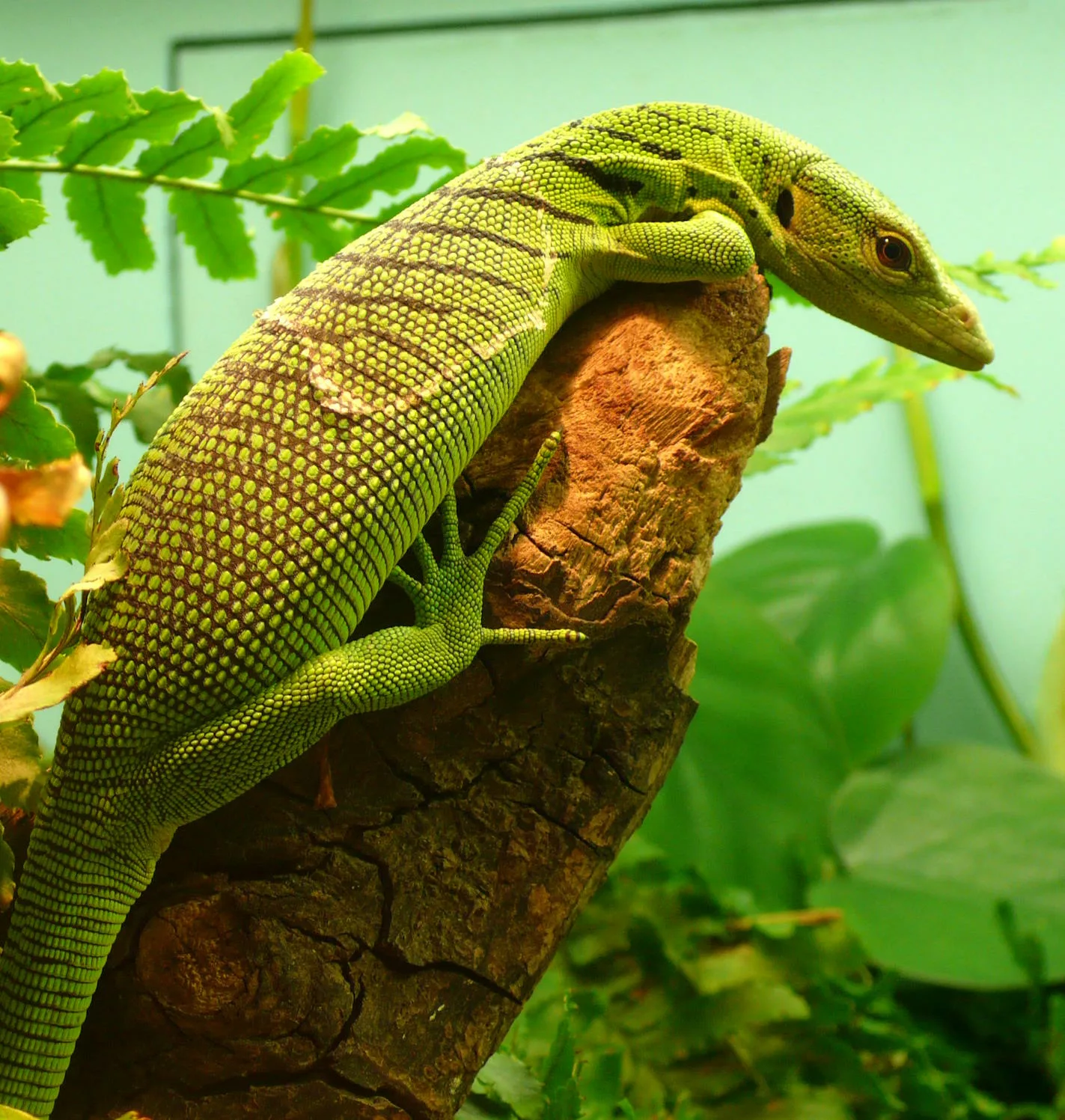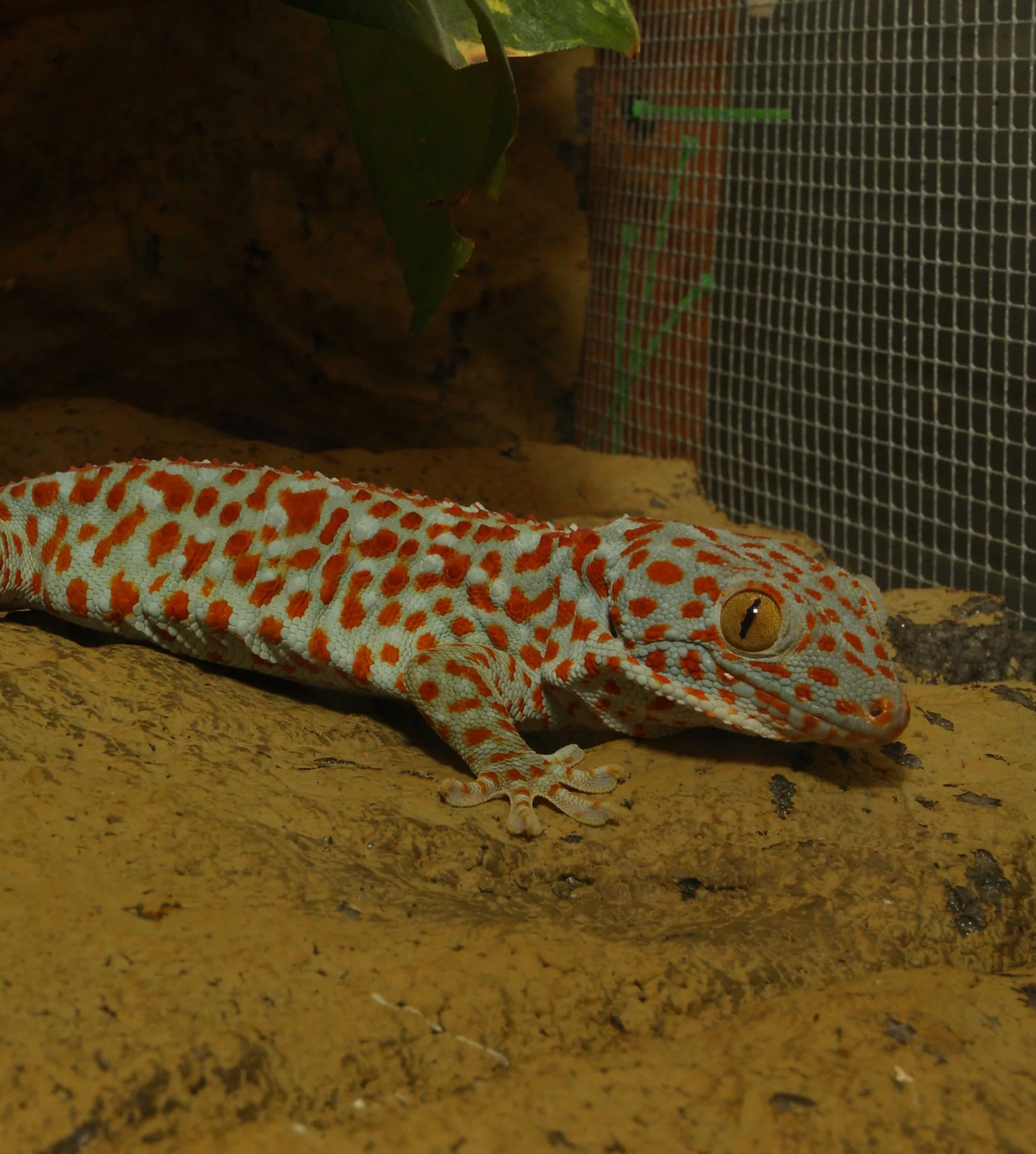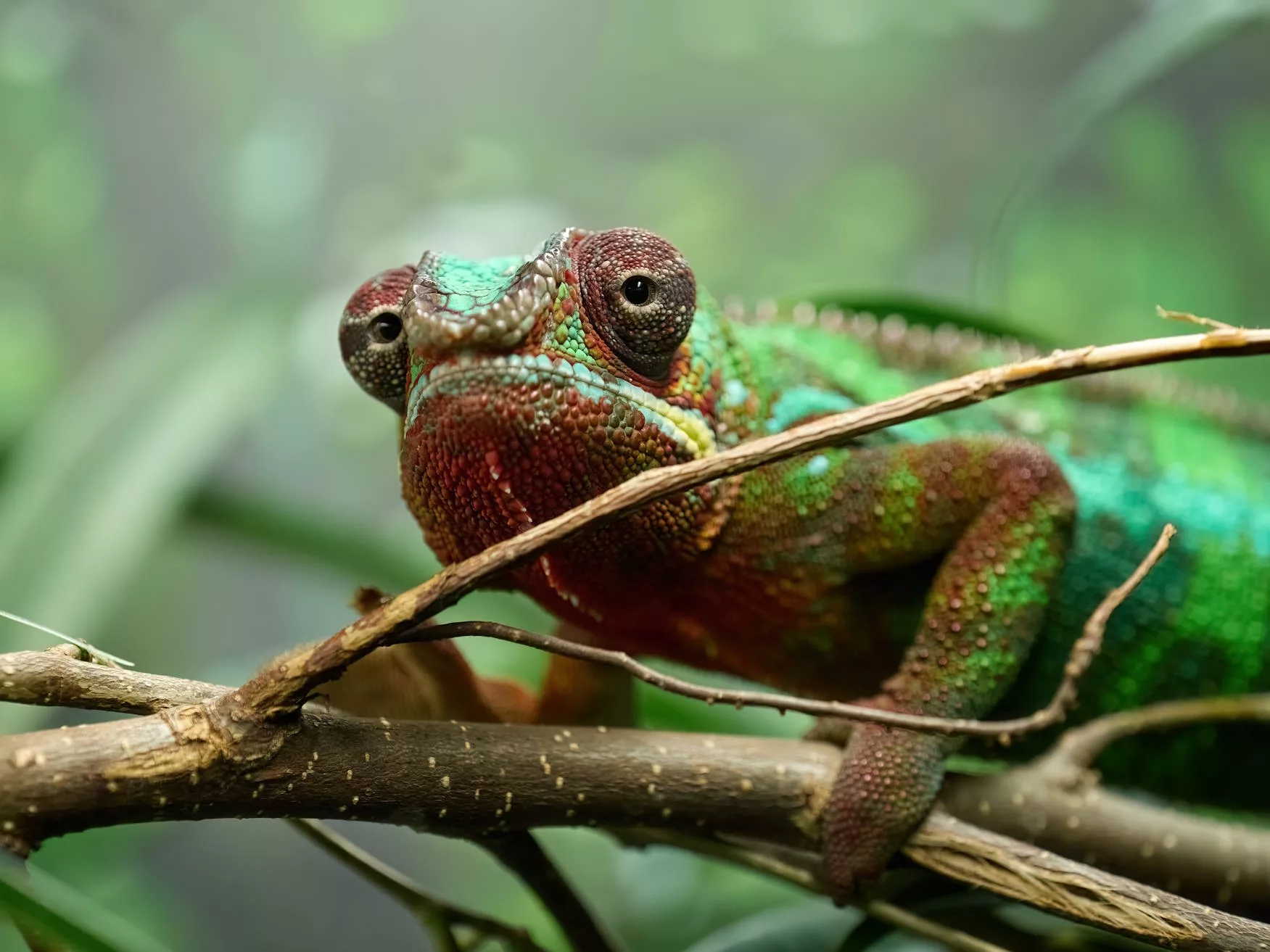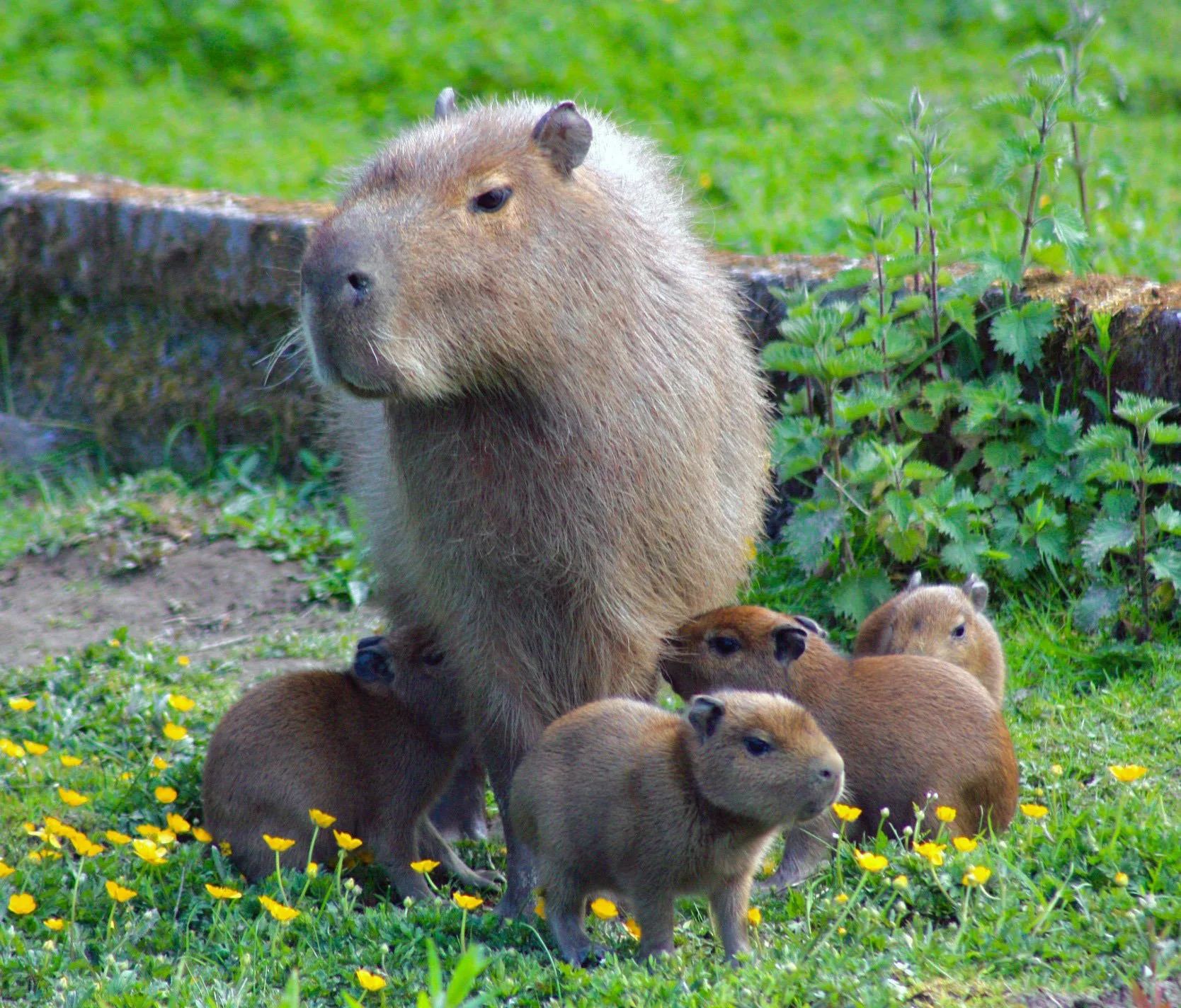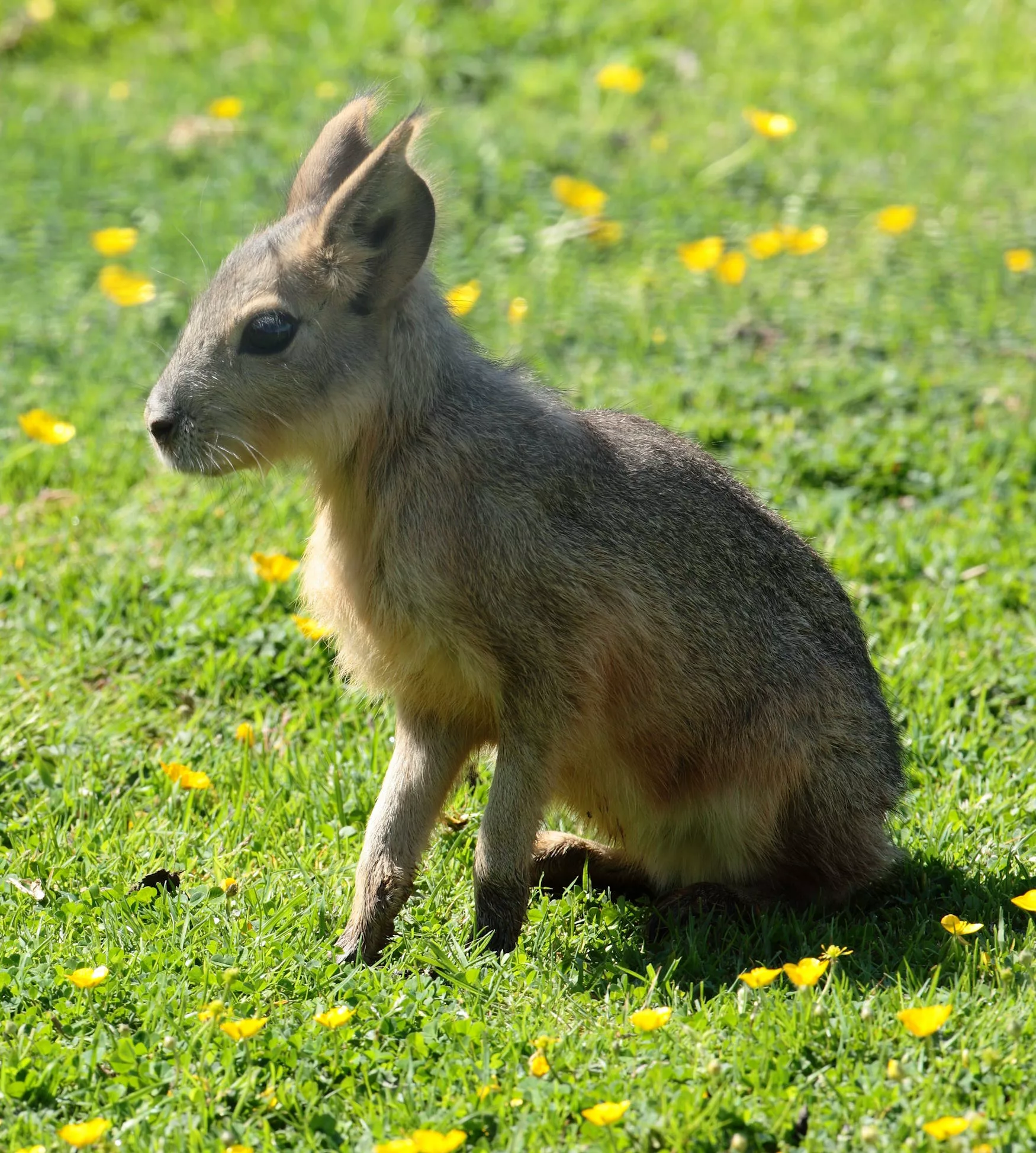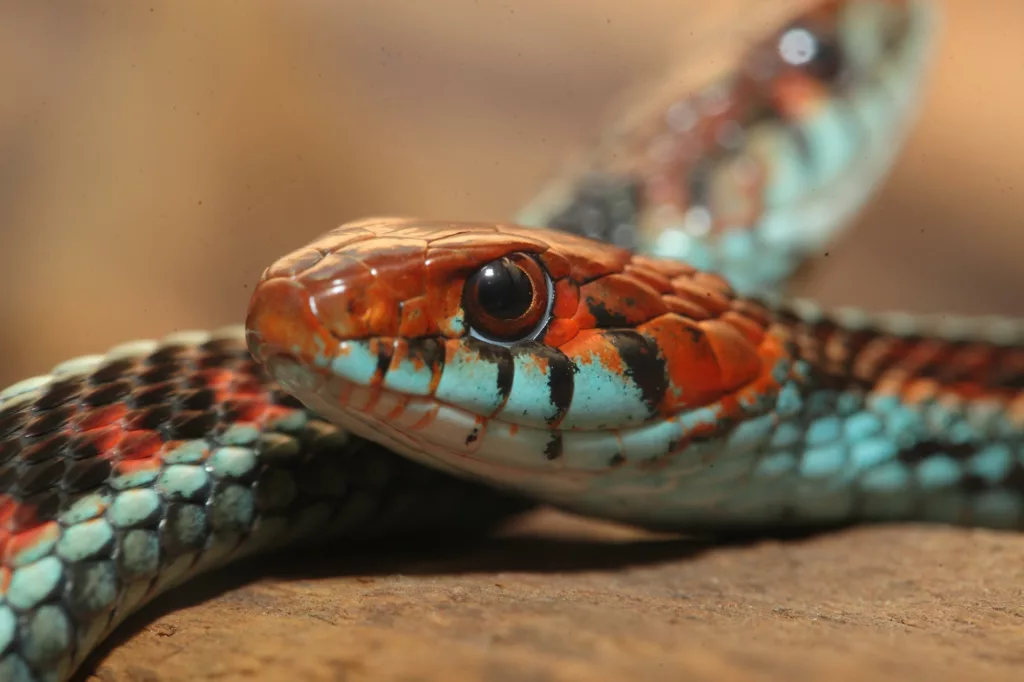
Common gartersnake
Scientific name: Thamnophis sirtalis
IUCN listed as: Stable
Learn before you visit!
Here are some facts about the species – Discover what they eat, find out about their natural habitat, see what they like to do, and more… Set the reading style to suit you too, everyday speak or something aimed towards children.
Child-friendly
Everyday
Diet
The Common Gartersnake has a diverse diet that includes amphibians, earthworms, leeches, slugs, snails, insects, small fish, and occasionally small mammals and birds. This variety helps them adapt to different environments and seasons. They are known for their ability to eat toxic amphibians, like the American toad, as they have a resistance to their poisons. Their feeding habits are opportunistic, meaning they eat what is available and accessible in their habitat. Juveniles typically consume smaller prey like earthworms and small amphibians, while adults can tackle larger prey.
Common Gartersnakes eat a variety of foods like frogs, worms, slugs, and fish. They can even eat poisonous frogs and toads because they are not affected by their poisons. These snakes eat whatever they can find in their homes, changing their diet with the seasons. Baby gartersnakes eat smaller things like worms and little frogs, while adults can eat bigger prey. They hunt during the day and swallow their food whole.
Breeding
Common Gartersnakes breed in the spring after emerging from hibernation. Males usually emerge first and wait for females to come out. Mating occurs in large groups called “mating balls,” where several males try to mate with a single female. Females give birth to live young, typically in late summer, with litter sizes ranging from 10 to 40 snakes. The young are independent from birth and receive no parental care.
Common Gartersnakes mate in the spring right after they wake up from their winter sleep. The males come out first and wait for the females. When they mate, many males gather around one female in what’s called a “mating ball.” The female has live baby snakes in the late summer, usually between 10 and 40. The babies are on their own as soon as they are born.
Habitat
Common Gartersnakes are highly adaptable and can be found in a wide range of habitats, including woodlands, meadows, marshes, and near bodies of water like ponds and streams. They prefer areas with ample cover and moisture, which provide protection and an abundant food supply. Their ability to thrive in diverse environments makes them one of the most widespread snake species in North America. During colder months, they hibernate in communal dens, sometimes with other snake species. These dens are usually in crevices, burrows, or other sheltered locations.
Common Gartersnakes can live in many places like forests, fields, and near water like ponds and streams. They like areas with lots of cover and moisture where they can find food and stay safe. These snakes can live almost anywhere in North America because they adapt well. In winter, they sleep in dens with other snakes in safe, hidden spots. These dens keep them warm until spring.
At the zoo
In zoos, Common Gartersnakes are kept in enclosures that replicate their natural environment, with features like water sources, hiding spots, and a variety of substrates. These enclosures allow them to exhibit natural behaviours like swimming and burrowing. Zoos play an important role in educating the public about these often misunderstood reptiles and their ecological significance. The snakes are fed a diet similar to their wild diet, including fish, amphibians, and occasionally rodents. Regular health check-ups ensure they remain healthy and stress-free.
In zoos, Common Gartersnakes live in habitats that look like their natural homes with water, hiding places, and different ground coverings. This helps them behave naturally, like swimming and hiding. Zoos teach people about these snakes and why they are important. The snakes get food like fish, frogs, and sometimes small mice. Vets check on them regularly to keep them healthy.
Behaviour
Common Gartersnakes are generally diurnal, meaning they are active during the day. They are often seen basking in the sun to regulate their body temperature. When threatened, they may release a foul-smelling musk and flatten their bodies to appear larger. They are excellent swimmers and can escape predators by diving into water. Gartersnakes use a combination of visual and chemical cues to locate prey and navigate their environment.
Common Gartersnakes are active during the day and often sunbathe to stay warm. If they feel scared, they might release a bad smell or make themselves look bigger. They are good swimmers and can escape into the water if needed. These snakes use their eyes and sense of smell to find food and move around. They are usually not dangerous to people and play important roles in nature.
Fun facts
- Super Swimmers: Common Gartersnakes are excellent swimmers and can often be found near water.
- Mating Ball: During breeding season, several males gather around one female in a unique event called a “mating ball.”
- Toxin Tolerance: These snakes can eat toxic amphibians like toads because they are resistant to their poisons.
- Diurnal Dwellers: Unlike many snakes, Common Gartersnakes are active during the day.
- Communal Hibernation: In winter, they hibernate in large groups in dens, sometimes with other snake species.
- Great Swimmers: Common Gartersnakes are really good at swimming and like to live near water.
- Mating Madness: When it’s time to mate, lots of male snakes gather around one female in a “mating ball.”
- Poison-Proof: They can eat poisonous toads and not get sick because they are immune to the poison.
- Daytime Movers: These snakes are active during the day, which is different from many other snakes.
- Group Sleepers: In winter, they sleep in big groups in special places called dens, often with other types of snakes.
More animals to discover at our zoo
Quick Links
Tickets & Prices
You can buy tickets for Exmoor Zoo securely online, as well as finding out more price options, discover offers, and more…
What’s on…
Exmoor Zoo hosts incredible Events all through the year. You can find out about what we’ve got in store here…
Routes & info
Like any great discovery, Exmoor Zoo can feel a little off the beaten path – but don’t worry – you can plan your journey with our recommended routes and other useful travel info.
